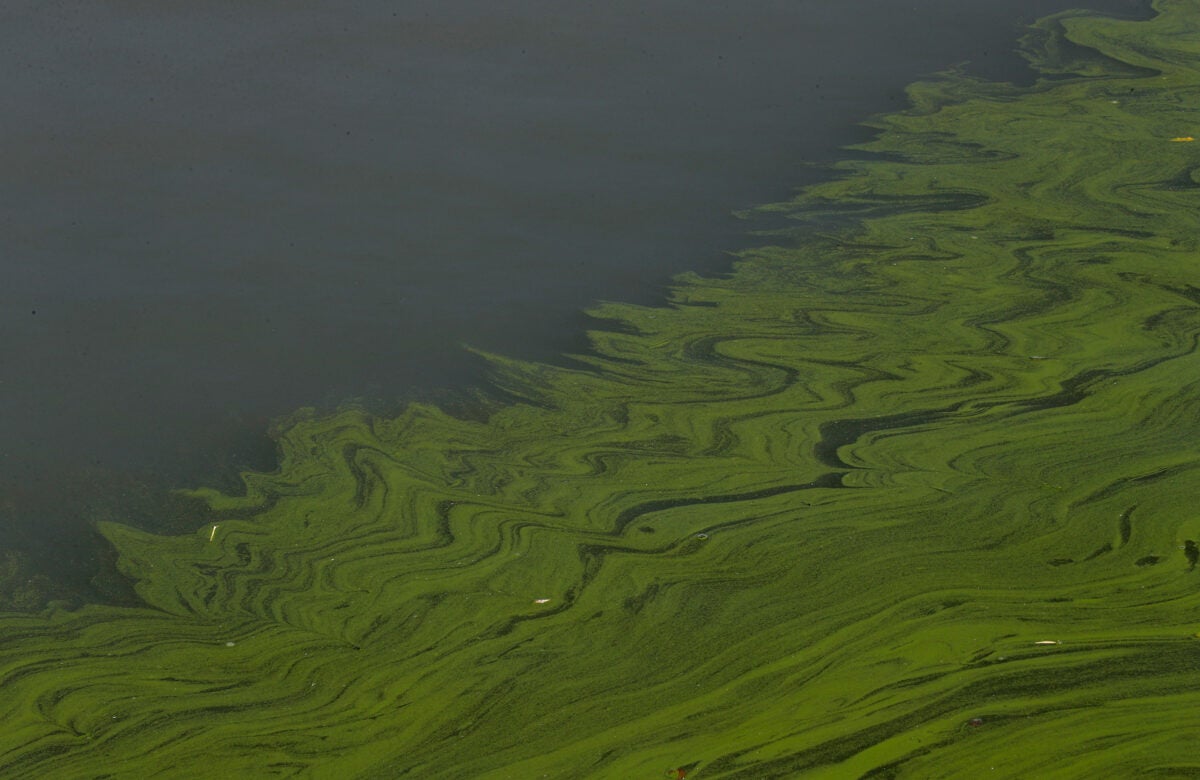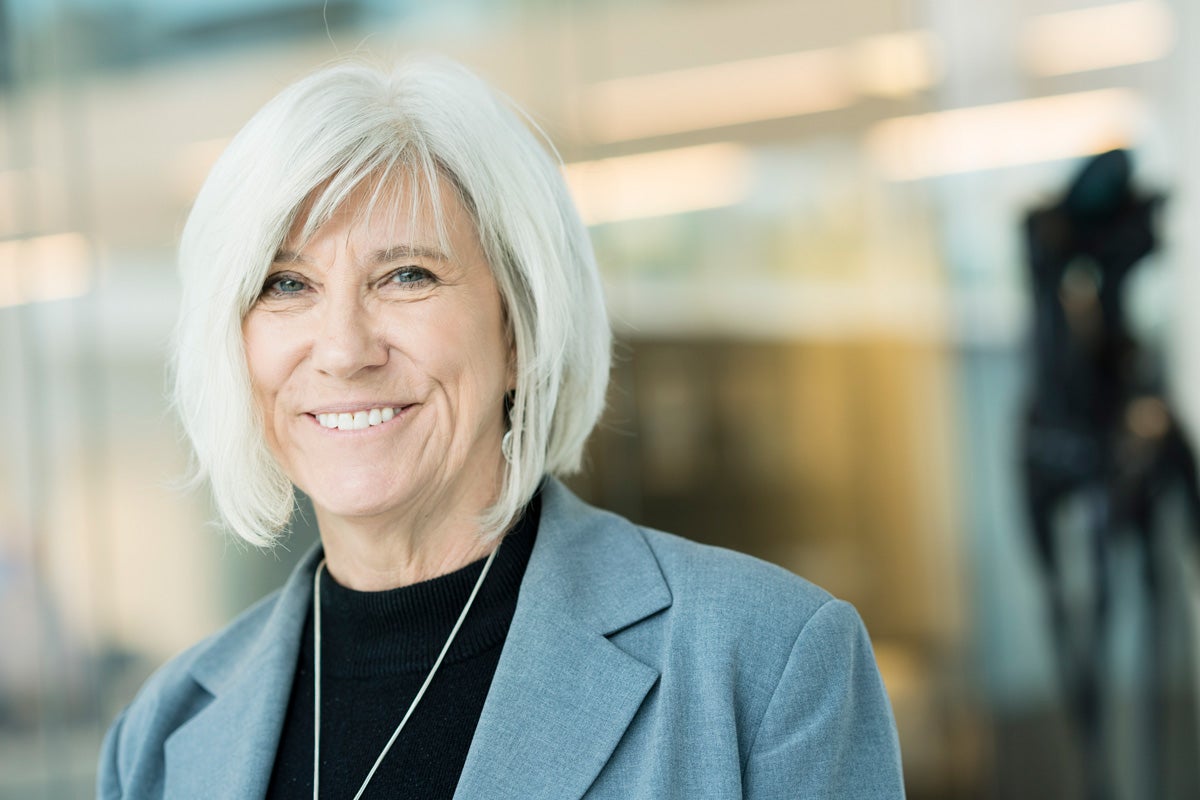
Ideas
Navigating the slow current: overcoming challenges in water sustainability
Ninety percent of climate disasters are related to water, yet a meager three percent of climate finance is directed towards building resilient water systems. This lack of investment poses a serious threat to global health, as over 2.2 billion people worldwide lack access to safely managed water for consumption and sanitation.
Global water problems will only continue to grow, says Joan Rose, a water microbiologist and expert in public health safety. She adds that the frequency of international water conflicts will surge as clean water sources dwindle, highlighting the need for global action.
Sign up for Harvard Public Health
Delivered to your inbox weekly.
In March, the United Nations convened its first water conference in 47 years, attracting more than 2,000 attendees from 170 countries. The three-day summit concluded with nearly 700 commitments from non-profits, corporations, and local and national governments, who pledged to uphold the UN Water Action Agenda, a “milestone” action plan aimed at protecting “humanity’s most precious global common good.”
Experts remain divided on whether the list of voluntary pledges is truly a success for water security. Some clean water advocates have commended the UN for acknowledging the crucial role of rivers, lakes, and wetlands in addressing climate crises, minimizing public health risk, and fostering sustainable development. In contrast, over 100 water experts across five continents sent an open letter to the UN Secretary General, demanding greater “accountability, rigour, and ambition” in the conference’s outcomes. The letter argued that the absence of scientific perspectives and an internationally binding agreement would fail to ensure universal access to clean water and sanitation.
Rose is optimistic. “We have an opportunity to jump on this momentum. Let’s take it.” She spoke with Harvard Public Health reporter Lucy Tu about the current water and sanitation crisis and how we can turn the tide. This interview was edited for clarity.

Tu: What do you see as the key threats to water access and quality over the next decade?
Rose: The challenges are immense. First, climate change and weather instability will cause more water and food shortages, which will impact life, health, and infrastructure. Wastewater pollution is degrading rivers all over the world, which means that pathogen risks are increasing. Nutrient pollution of freshwater will cause algal blooms that will make these waters unsuitable for drinking and recreation.
Unfortunately, funding to improve water infrastructure has not been appropriated, and this issue is especially daunting in lower-income countries.
Tu: Who will be most affected by these global water problems?
Rose: It is no surprise that the most vulnerable and poorest will be impacted. I started examining disparities in water infrastructure more than 15 years ago as I traveled through different regions of developing countries. In many urban or richer areas, residents had running water, flushing toilets, and bottled water for those that did not want to drink tap water. But I could go to another community 30 minutes away and nobody had running water.
But the United States cannot just point its finger at other countries. In my travels around the world, I often saw a massive divide between the haves and the have nots. Then I would come back to the U.S. and see the same patterns. Flint, Michigan is the quintessential example. Flint residents did not have the same water infrastructure and protection from health hazards that were provided to more wealthy communities. They didn’t have sufficient monitoring protocols or skilled personnel.
So, the global water crisis isn’t just an issue for low-income countries. Poorer communities in high-income countries will be harmed, too.
“In many urban or richer areas, residents had running water, flushing toilets, and bottled water … But I could go to another community 30 minutes away and nobody had running water.”
Joan Rose, water microbiologist and expert in public health safety
Tu: What should governments and civil society prioritize to improve water access and health?
Rose: Ensuring the accessibility of data is critical because it empowers the general public and public health leaders to make informed decisions about the protection and restoration of water resources. To this end, governments should support the development of water quality databases. The COVID-19 pandemic has led to a growth in global laboratory capacity, resulting in the emergence of new molecular tools that allow for improved surveillance of other microbial contaminants.
These tools will be important to public health more broadly for two primary reasons. First, microbial testing of SARS-CoV-2 and other pathogens can be used in the wastewater surveillance of infectious diseases. Secondly, we can use microbial source tracking to efficiently identify the sources of human sewage pollution. This enables us to take swift action to reduce the risk of waterborne pathogens and their impact on human health.
Tu: In 2015, your lab published a landmark study demonstrating that septic tanks don’t prevent fecal bacteria from seeping into rivers and lakes. Have we seen any notable changes in efforts to prevent water contamination since then?
Rose: When we published our study, it had long been assumed that the soil could act as a natural treatment system and filter human sewage. After all, discharge-to-soil methods, like a hole dug in the ground, have been used for hundreds of years. But my team found that Michigan’s septic systems, many of which were outdated and under-regulated, failed to keep E. coli and human fecal bacteria from leaking into the state’s watersheds. This wasn’t a small-scale issue. Around 30% of Michigan households store their waste in septic tanks, which is fairly average across the United States.
Since then, several studies have been published to challenge the long-standing presumption that septic tank problems are only an issue for rural or low-income regions. These studies have shed light on the widespread issue of human water pollution, providing government officials and the general public with a clearer understanding of the impact of septic contamination on public health.
But progress is slow. Michigan is still the only state that doesn’t have a uniform septic code, meaning local health departments are charged with governing the design, construction, and maintenance of septic systems.
Tu: Does the slow progress ever frustrate you?
Rose: Of course. It’s only natural for us to be inclined towards short-term thinking and demand immediate solutions.
However, when it comes to protecting our water resources, we need to start thinking about long-term goals. Building a robust and secure water program may require a considerable investment of time, spanning over 10 or 20 years. But that infrastructure is an investment that will protect our water for generations, even over a hundred years into the future. The price tag doesn’t seem as daunting when you know that it ensures the well-being of our water for many decades ahead.
Tu: In other words, it can be slow-going but very worth it.
Rose: Absolutely. And having a champion is crucial to secure public support for these long-term investments. For 14 years, I had the privilege of collaborating with researchers and government officials in Singapore to help develop the country’s water infrastructure and monitor water quality. Singapore’s government made water a national priority, invested in water technology and innovation, and created partnerships with universities to promote the training of water quality monitors and scientists.
Singapore’s success was rooted in the leadership of the Prime Minister and his cabinet, who acted as champions not only for water quality but also for open public discourse. They effectively engaged with Singaporean citizens, providing access to water quality data and implementing educational programs to raise awareness about new water technologies. These initiatives both promoted transparency and reconnected the public with the water environment.
Singapore is now a global leader in the development of sustainable approaches to water management for the well-being of its citizens. I think the U.S. needs a champion for water security too.
Lead photo: Paul Sancya / AP Photo, File


